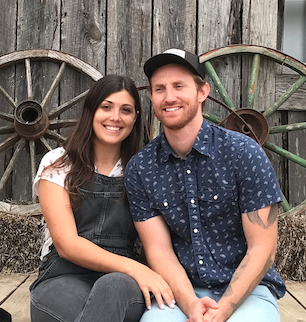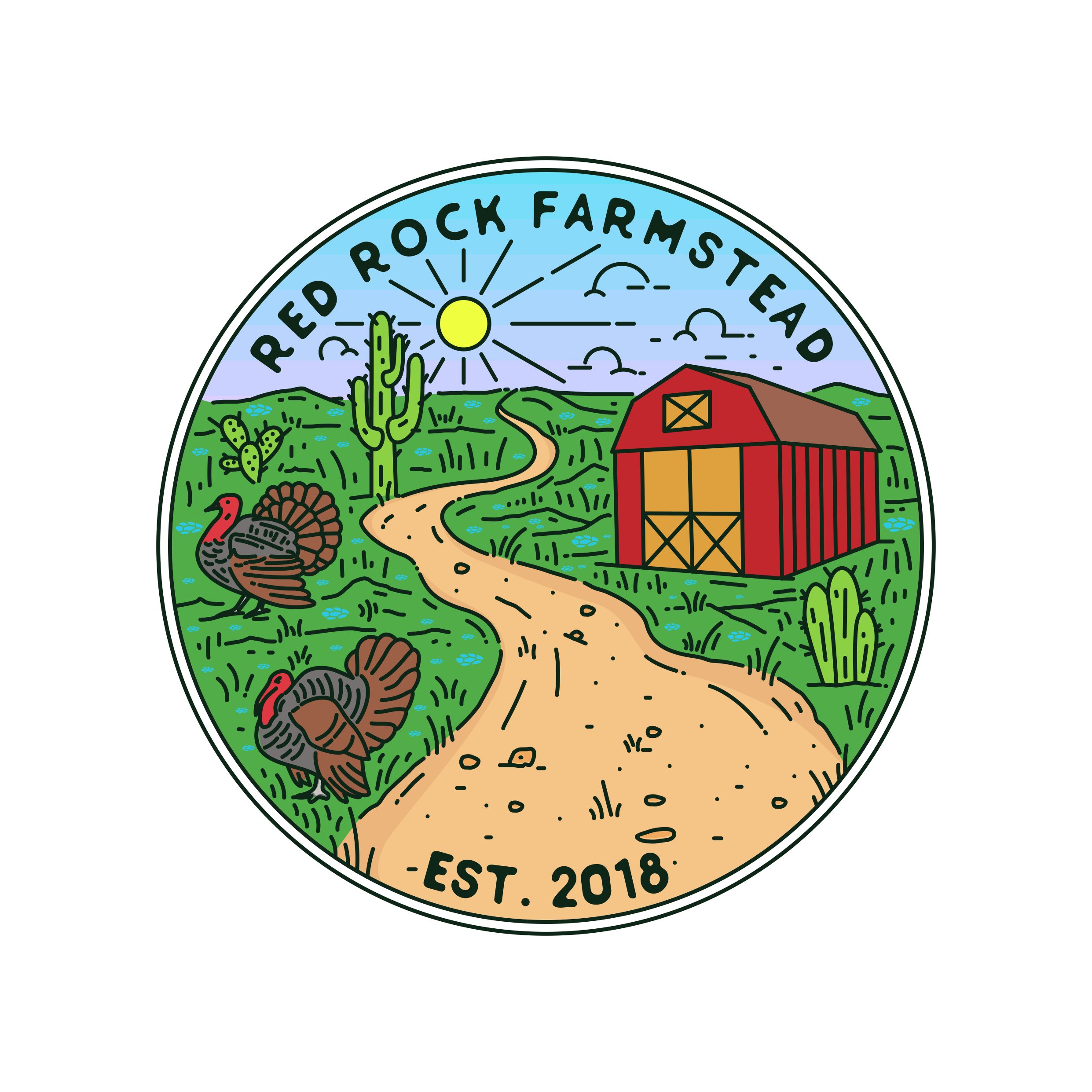Follow the farmstead happenings...
Follow @oliviapkramer on Instagram
Garden Homesteading Projects Lists
7 Tomato Varieties for Hot Climate Homesteads
As an Amazon Associate I earn from qualifying purchases. As some of you know, I went wild this past spring and planted 52 different varieties of …
Tips + Tricks
Guide to Choosing a Heritage Meat Chicken Breed
As an Amazon Associate I earn from qualifying purchases. What is a heritage chicken? First things first. Let’s talk a little about what a “heritage” breed …
Lists
Homesteading Holiday Gift Guide 2019
As an Amazon Associate I earn from qualifying purchases. Tis the season! The holidays are racing near (WHAT???) and holiday shopping is one of my favorite …

Olivia & Dusty Kramer
Follow us as we run our small Central Texas farm! We sell pastured meat from heritage breed animals. Olivia blogs her favorite recipes, tips & tricks for raising livestock and DIY projects.

